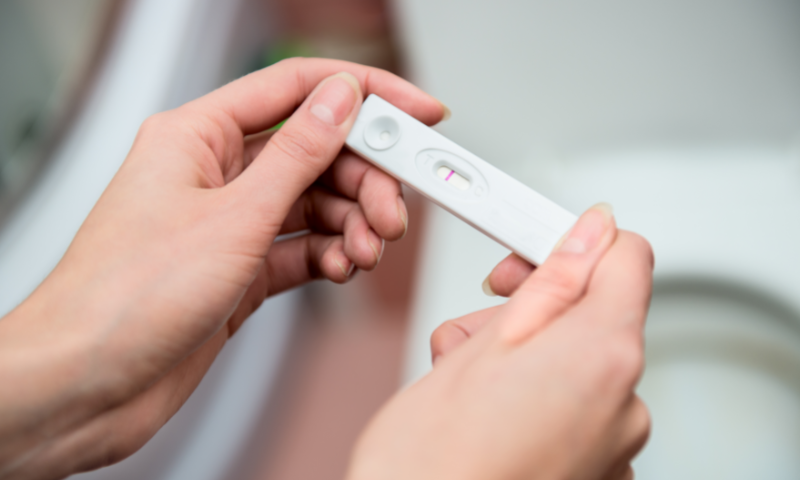A recent study by researchers at University College London has prompted researchers to develop a new framework designed to improve women’s reproductive services.
It follows the launch of the Women’s Health Strategy for England in August 2022, which highlights fertility, pregnancy, pregnancy loss and postnatal support as a key area.
The study, published in The Lancet Public Health, drew from past and present case studies across the globe, along with new data on women’s preferences. Researchers discovered that current healthcare services only view women as either pregnant or not pregnant, omitting the in-between stages and attempts at conception.
This is said to have a significant influence on their chances of becoming pregnant and of having a healthy pregnancy whilst affecting both their short and long-term health.
With up to 90 percent of women of reproductive age having at least one modifiable risk factor (such as low or high BMI) which can affect pregnancy, the researchers highlight how women’s health prior to becoming pregnant is an equally important factor in the context of maternal deaths. They add that this can be a contributor to the inequalities seen in the rates of maternal deaths in marginalised groups.
The team is now asking for societal-wide efforts to bring together contraception, family planning and preconception, with a framework developed to suit different settings and the wider healthcare system.
The model, funded by Public Health England and NIHR, suggests that education around reproductive needs should be taught in school, and social media campaigns should be used to raise awareness of the opportunities and benefits of choosing if and when to have children.
In addition, the model encourages professionals to routinely ask patients about reproductive preferences and advises that digital tools should be made available to direct people to appropriate services and guidance.
Lead author Dr Jenny Hall, from UCL EGA Institute for Women’s Health, said: “The model proposed in this paper can be adapted and implemented across a range of primary care settings, including general practice and sexual and reproductive health services, with appropriate training for health professionals. Doing so will bridge the gap between contraception and antenatal services, providing services in a way that better meets women’s needs as they move through their reproductive life course.”



